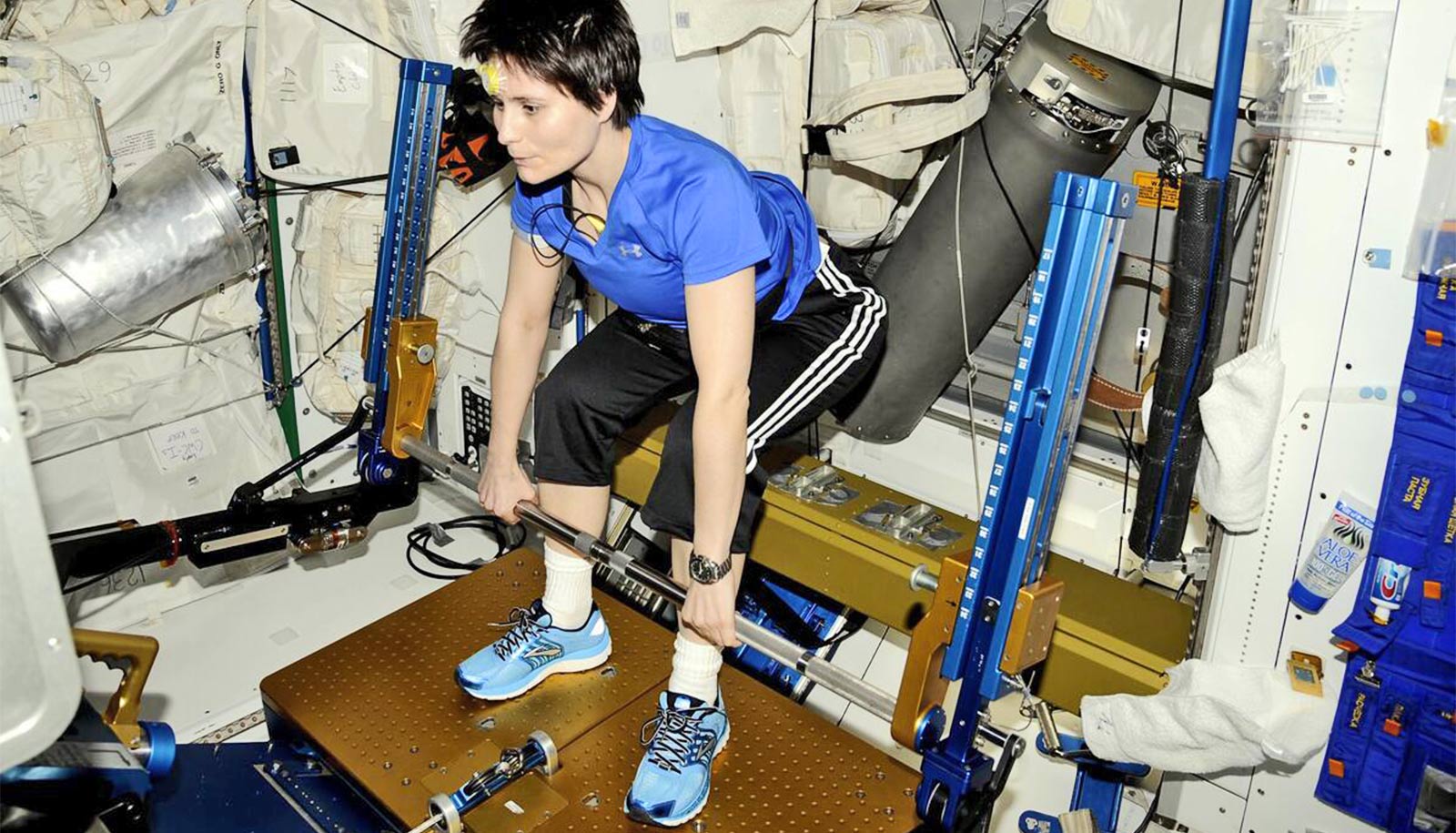NASA is inviting people around the world to submit their names online to go on a microchip aboard NASA’s Parker Solar Probe mission launching in summer 2018. The mission will travel through the sun’s atmosphere, facing brutal heat and radiation conditions—and your name will go along for the ride.
“This probe will journey to a region humanity has never explored before,” says Thomas Zurbuchen, the associate administrator for the Science Mission Directorate at NASA Headquarters in Washington. “This mission will answer questions scientists have sought to uncover for more than six decades.”
“Parker Solar Probe is, quite literally, the fastest, hottest—and, to me, coolest—mission under the sun.”
Understanding the sun has always been a top priority for space scientists. Studying how the sun affects space and the space environment of planets is the field known as heliophysics. The field is not only vital to understanding Earth’s most important and life-sustaining star, it supports exploration in the solar system and beyond.
Submissions will be accepted until April 27. Learn more and add your name to the mission here: http://go.nasa.gov/HotTicket
Fast and hot
The spacecraft, about the size of a small car, will travel directly into the sun’s atmosphere about 4 million miles from the star’s surface. The primary science goals for the mission are to trace how energy and heat move through the solar corona and to explore what accelerates the solar wind as well as solar energetic particles. The mission will revolutionize our understanding of the sun, where changing conditions can spread out into the solar system, affecting Earth and other worlds.
To perform these unprecedented investigations, the spacecraft and instruments will be protected from the sun’s heat by a 4.5-inch-thick carbon-composite shield, which will need to withstand temperatures outside the spacecraft that reach nearly 2,500 F. This state-of-the-art heat shield will keep the four instrument suites designed to study magnetic fields, plasma and energetic particles, and image the solar wind at room temperature.
The spacecraft speed is so fast, at its closest approach it will be going at approximately 430,000 mph. That’s fast enough to get from Washington, DC, to Tokyo in under a minute.
“Parker Solar Probe is, quite literally, the fastest, hottest—and, to me, coolest—mission under the sun,” says project scientist Nicola Fox of the Johns Hopkins Applied Physics Laboratory. “This incredible spacecraft is going to reveal so much about our star and how it works that we’ve not been able to understand.”
How the Parker Solar Probe got its name
In May 2017, NASA renamed the spacecraft from the Solar Probe Plus to the Parker Solar Probe in honor of astrophysicist Eugene Parker. The announcement took place at a ceremony at the University of Chicago, where Parker is professor emeritus in the astronomy and astrophysics department.
Our sun likely had a twin called ‘Nemesis’
This was the first time NASA named a spacecraft for a living person.
NASA missions most often get new names after launch and certification. In this case, given Parker’s accomplishments within the field, and how closely aligned this mission is with his research, the decision was made to honor him prior to launch, in order to draw attention to his important contributions to heliophysics and space science.
In the 1950s, Parker proposed a number of concepts about how stars—including our sun—give off energy. He called this cascade of energy the solar wind, and he described an entire complex system of plasmas, magnetic fields, and energetic particles that make up this phenomenon. Parker also theorized an explanation for the superheated solar atmosphere, the corona, which is—contrary to what was expected by physics laws—hotter than the surface of the sun itself. Many NASA missions have continued to focus on this complex space environment defined by our star.
Parker Solar Probe is part of NASA’s Living with a Star Program. NASA’s Goddard Space Flight Center in Greenbelt, Maryland manages LWS for NASA’s Science Mission Directorate in Washington. The Johns Hopkins Applied Physics Laboratory, in Laurel, Maryland, manages the Parker Solar Probe mission for NASA. APL is designing and building the spacecraft and will also operate it.
Source: Johns Hopkins University



